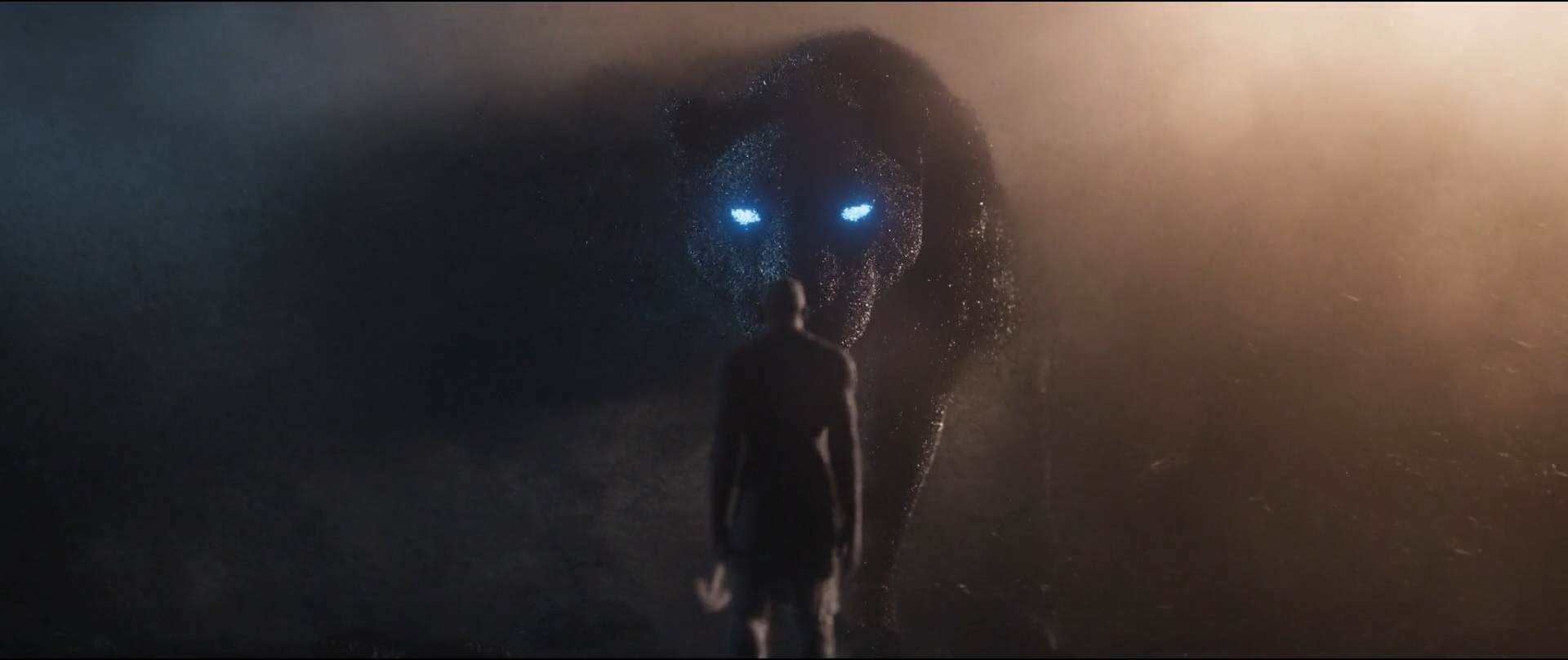Escapisme als kunstpolitiek: de propaganda van Black Panther (2018)
journal article
Abstract
Escapism is omnipresent in contemporary mass art, even though it has a bad reputation. This article traces that reputation back to a pragmatist conviction that art should give expression to experiences, and morals, from everyday practical life. Through a philosophical conversation with two pragmatist aestheticians, W.E.B. Du Bois and Paul C. Taylor, and an art-critical discussion of an escapist film, Black Panther (2018), I provide a pragmatist defence of the use of escapism as political-aesthetic motif. Works that set themselves the task of communicating standards of radical equality (among which: standards of racial equality applicable to white supremacist societies), cannot appropriately express what they want since they necessarily fail to appropriately address their audience. The only utopian course that remains is to react negatively to, by trying to escape, the norms that a present audience necessarily imports from white supremacist society.
@article{Verdonschot2023b,
title = "Escapisme als kunstpolitiek",
subtitle = {de propaganda van Black Panther (2018)},
author = {Verdonschot, Clinton Peter},
year = {2023},
journal = {Algemeen Nederlands Tijdschrift voor Wijsbegeerte},
volume = {115},
number = {4},
pages = {439-456},
doi = {10.5117/ANTW2023.4.007.VERD},
}